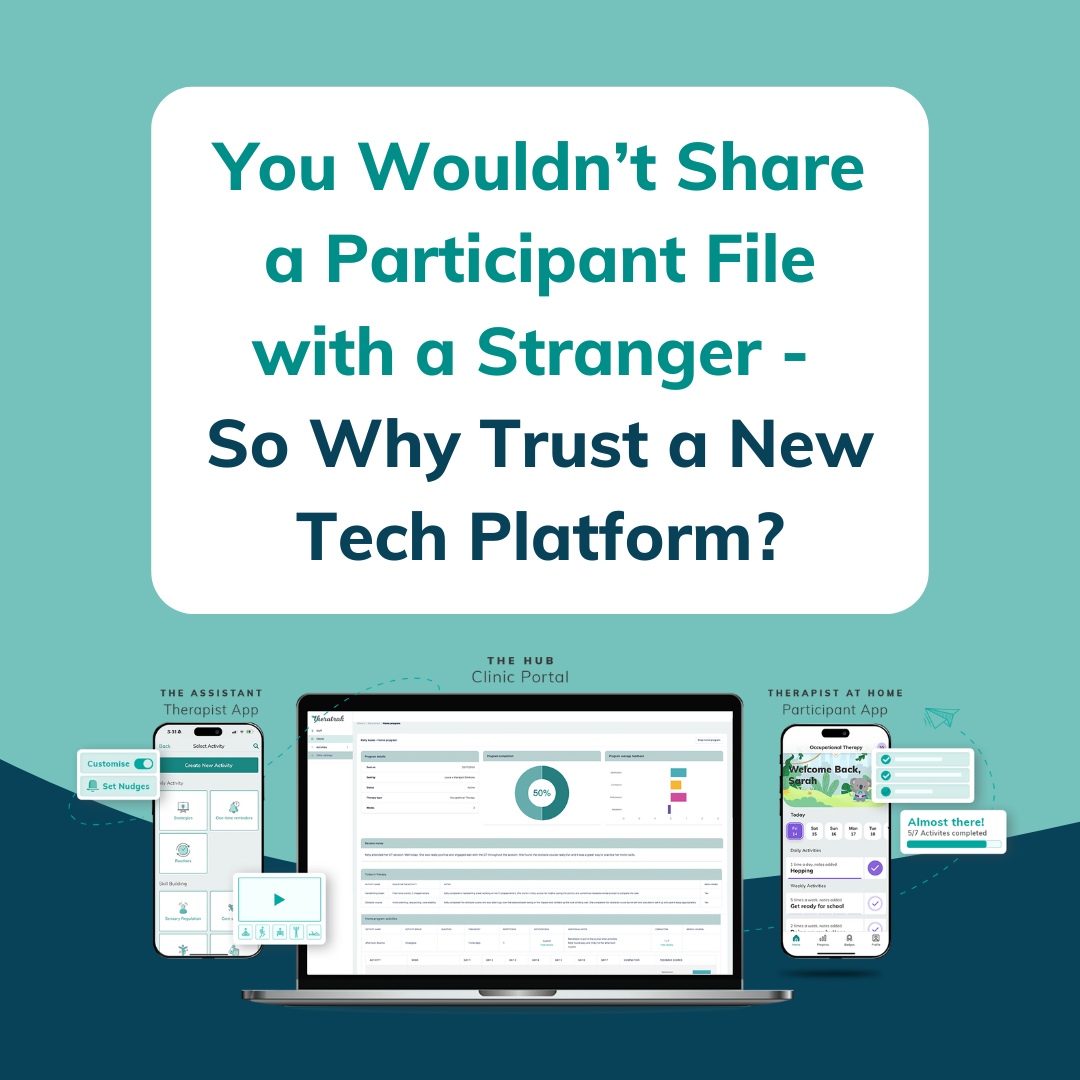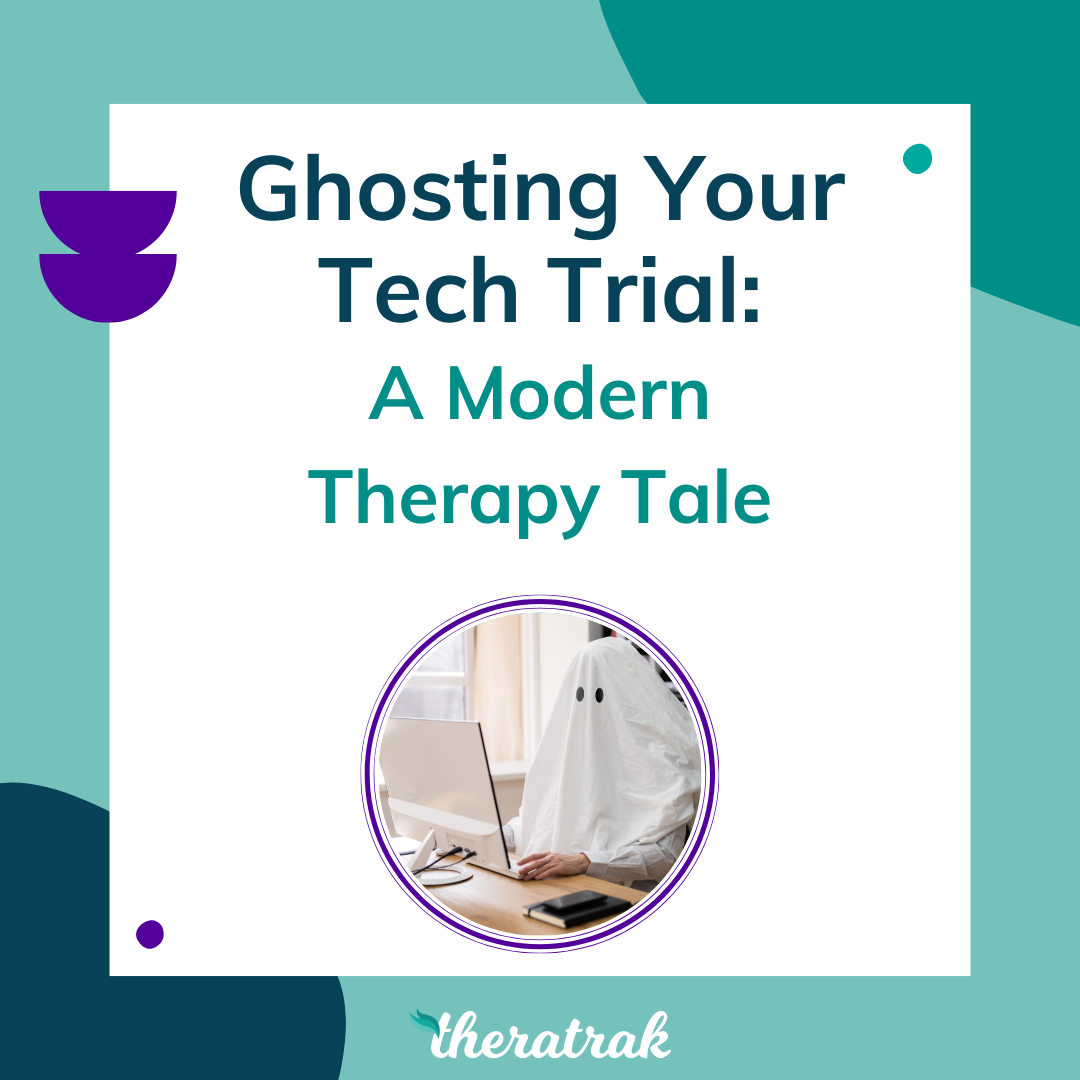Time to audit your allied health clinic’s vibe - and script a better story for your team.
Some clinics give Ted Lasso vibes - full of optimism. Others give The Office vibes - with everyday admin monotony taking over.
And a few clinics… are living in full-blown Succession mode with burnout running rife.
If your clinic were the character lead in a workplace drama, would it be the kind that makes people root for you? Or one where everyone’s constantly one printer jam away from a breakdown?
Spoiler: Your clinic culture isn’t just built on pizza Fridays and Pinterest quotes.
Clinic culture is shaped by your systems, your workflows, and how your team actually feels day-to-day.
So let’s take a look at your clinic’s vibe - and how to make sure your clinic’s story arc is more glow-up montage than tragic burnout spiral.
What’s Your Clinic Energy? Pop Culture Edition 🎬
Here’s how to spot your clinic’s vibe - and maybe yourself - in these pop culture archetypes:
⚽ Ted Lasso Energy ⚽
Clear systems.
Supportive team.
Therapy that doesn’t rely on superhero-level effort.
Results: Low burnout, high trust, high-fives all around.
🐻 The Bear Energy 🐻
Passionate, talented team.
Running purely on adrenaline and instant coffee.
Team bonding mostly happens around the printer.
Results: High skill, high stress. Everyone’s brilliant… and constantly on the edge.
🗼 Emily in Paris Energy 🗼
Looks very digital-first.
Behind the scenes? Screenshots, spreadsheets, and deep sighs.
Everything’s halfway towards being improved while nothing long-term is being tracked.
Results: Great vibes on socials. Internal chaos.
🌸 Bridgerton Energy 🌸
Everyone looks composed and put-together.
But therapists are writing notes at 10pm and dreaming of admin-free days.
One scheduling mishap away from a full regency-era faint.
Results: High style. Low sustainability.
🏆 Succession Energy 🏆
Constant urgency.
No clearly defined roles or clinical champions for new processes.
People “figure it out” until they burn out.
Results: Therapy is delivered. But at what cost to the team?
The Clinic Vibe Audit: Are You the Main Character or the Chaos Coordinator? 📝
Take this (slightly cheeky) checklist and tally your answers:
You’ve had a “meeting about a meeting” this week
Your printer is basically your team therapist
Notes are written: a) during lunch b) after hours c) only when legally required
Families email “just checking in” because they haven’t heard anything since the assessment
Your team has a “who cried this week?” chat
Your clinic results?
0-1: You’ve got Main Character energy. Keep that sparkle.
2-3: Your clinic’s in its coming-of-age arc. Some tweaks, and you’ll shine.
4+: You might be in your renewed season slump. Time to rewrite the script.
Wondering about the levels of burnout at your clinic?
Play our Burnout Bingo to find out how many of the common 16 activities happen at your clinic.
Wondering about the level of engagement of participants at your clinic?
Take our Engagement Checklist to find out how well your clinic stacks up.
What Main Character Clinics Actually Do Differently 🎥
Creating a great clinic culture is not just about good vibes. It’s about the systems that create them.
✅ Great clinics invest in tools that support people ✅
Let your tech handle the busywork - so your team can handle what really matters. New allied health tech tools should reduce admin, not add to it.
Tools like Theratrak that can take care of:
Home program setup
Progress tracking
Case note syncing
✅ Great clinics make workflows visible (and shareable) ✅
Everyone knows what’s happening, even across locations or teams.
Theratrak offers:
Dashboards with real-time data
Progress insights
Shared access across the care team
No more guessing. Just clarity.
✅ Great clinics reduce burnout - by default ✅
When the system is simple, the stress drops. Therapists stop working overtime just to stay afloat - and start feeling confident they’re making an impact within hours, not outside of them.
Ready for Your Clinic’s Main Character Montage? 🎬
A clinic culture of burnout isn’t fixed with another snack drawer, lolly jar or an inspirational quote.
It’s fixed with workflows that work. Systems that back your team.
And tech that doesn’t just exist - it actually understands your industry and the ideal clinical processes for efficiency. That’s Theratrak.
Try the Theratrak tool for 30 days - and test out a new script for your team.
Not ready to dive in yet?
Book a call with the friendly Theratrak team and we can support you to understand how this digital tool can bring main character energy back to your clinic.













